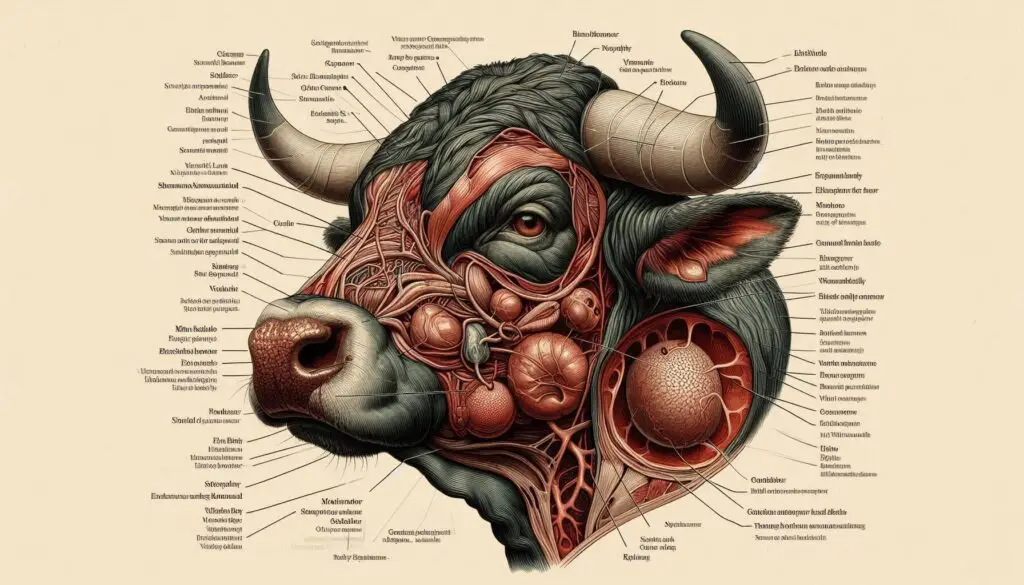Milk Fever

What is Milk Fever?
Milk fever is a metabolic disorder characterized by low blood calcium levels (hypocalcemia). It typically occurs within 48 hours after calving when the demand for calcium skyrockets due to milk production. This sudden drop in calcium can lead to severe muscle weakness and even paralysis.
The Importance of Calcium
Calcium plays a vital role in various bodily functions. It is essential for muscle contraction, nerve transmission, and blood clotting. During lactation, the demand for calcium increases significantly as cows produce milk. If the body cannot supply enough calcium, it leads to milk fever.
Understanding Parturient Paresis
Parturient paresis is another term for milk fever. It emphasizes the condition’s occurrence around parturition (calving). Farmers must recognize this condition early to provide timely treatment.
Hypocalcemic Tetany Explained
Hypocalcemic tetany refers to the muscle spasms and weakness caused by low calcium levels. It highlights the clinical signs that occur as a result of calcium deficiency.
Causes of Milk Fever
Several factors contribute to the development of milk fever in dairy cattle:
Increased Calcium Demand
During lactation, cows require significantly more calcium. The sudden increase in demand can overwhelm the body’s ability to mobilize calcium from reserves.
Impaired Calcium Mobilization
Some cows may have difficulty mobilizing calcium from their bones due to hormonal imbalances or other health issues. This impairment can lead to a rapid decline in blood calcium levels.
Dietary Factors
A diet low in calcium during late gestation can predispose cows to milk fever. Ensuring proper nutrition before calving is crucial for preventing this condition.
Age and Breed Factors
Older cows are more susceptible to milk fever due to decreased efficiency in calcium metabolism. Additionally, certain breeds, such as Jerseys and Holsteins, may have a higher risk of developing this disorder.
Clinical Signs of Milk Fever
Recognizing the clinical signs of milk fever is essential for prompt treatment. The symptoms can be categorized into three stages:
Stage 1: Mild Symptoms
In this initial stage, cows may exhibit mild signs such as:
- Restlessness
- Muscle tremors
- Slight ataxia (lack of coordination)
Cows may still be able to stand but may show signs of discomfort or agitation.
Stage 2: Moderate Symptoms
As the condition progresses to stage two, symptoms become more severe:
- Sternal recumbency (lying on their chest)
- Inability to stand
- Cold extremities
- Dilated pupils
- Rapid but weak pulse
At this stage, immediate veterinary intervention is critical.
Stage 3: Severe Symptoms
In stage three, cows are often in lateral recumbency (lying on their side) and may appear comatose. Symptoms include:
- Severe muscle paralysis
- Elevated heart rate
- Potentially life-threatening conditions if untreated
If left untreated, stage three can lead to death within hours.
Diagnosis of Milk Fever
Diagnosing milk fever involves a combination of clinical observation and laboratory tests. Veterinarians often perform blood tests to measure calcium levels and confirm hypocalcemia.
Importance of Early Diagnosis
Early diagnosis is crucial for effective treatment. Farmers should monitor high-risk cows closely during the periparturient period (the time around calving).
Treatment Options for Milk Fever
Immediate treatment is essential for recovering affected cows. Here are common treatment methods:
Intravenous Calcium Administration
The most effective treatment involves administering intravenous calcium solutions. This approach quickly restores normal blood calcium levels. Veterinarians typically use products like calcium borogluconate or calcium gluconate.
For more information on intravenous treatments, visit Purdue University.
Supportive Care
In addition to calcium administration, supportive care is vital. This may include:
- Providing warmth
- Ensuring hydration
- Monitoring vital signs closely
Follow-Up Treatments
Some cows may require additional treatments if they show signs of recurring hypocalcemia. Regular monitoring after initial treatment helps prevent future episodes.
Prevention Strategies for Milk Fever
Preventing milk fever is more effective than treating it after it occurs. Here are key strategies:
Nutritional Management
Proper nutrition during late gestation plays a crucial role in preventing milk fever:
- Calcium Intake: Ensure adequate dietary calcium before calving.
- Balanced Diet: Provide a balanced diet rich in phosphorus and magnesium.
- DCAD Diets: Consider using anionic diets that help lower blood pH and improve calcium mobilization.
For more information on dietary management strategies, you can refer to resources from Dairy Herd Management.
Monitoring High-Risk Cows
Identifying high-risk cows—such as older animals or those with previous milk fever episodes—allows for closer monitoring and preventive measures.
Use of Supplements
Supplemental calcium or vitamin D before calving can help prepare the cow’s body for increased demands during lactation.
Managing Herd Health Effectively
Maintaining overall herd health is essential for preventing metabolic disorders like milk fever:
- Regular Veterinary Check-Ups: Schedule routine health checks with your veterinarian.
- Record Keeping: Keep detailed records of calving dates, dietary changes, and any cases of milk fever.
- Education: Stay informed about best practices in dairy management through resources like Dairy Today.
Conclusion
Milk fever poses significant risks to dairy cattle around calving time. Understanding its causes, recognizing symptoms early, and implementing effective treatment and prevention strategies are essential for maintaining herd health and productivity.
For more pearls of Vets Wisdom:
Epithelial Tissue






Responses